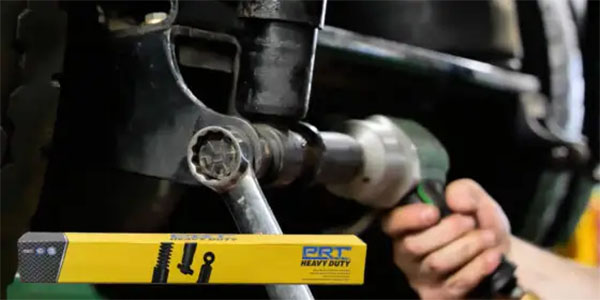Let’s face it – your customers don’t always pay attention to the lights on their dashboard. There’s one in particular that they SHOULD know about and ignoring it could cause severe engine damage.
Most cars today have a warning light designed to give a visual signal of low oil pressure. Low oil pressure is serious, because pressurized oil is necessary to properly separate the highly loaded parts of the engine and prevent excessive wear.
The warning light and oil pressure switch work together – the switch has electrical contacts that are closed when the oil pressure is below 5 psi. When the engine isn’t running and the ignition switch is turned on, the light comes on. Once the engine is started, proper oil pressure will compress the diaphragm in the pressure switch and open the contacts which will cause the light to go off.
If the warning light remains on for more than a second or two after the engine is started, shut the engine off immediately. First, check to see that there’s enough oil in the crankcase. If the light stays on when the oil level is normal, there are a number of possible causes.
• The pressure switch could be faulty
• The wiring between the pressure switch and the warning light could be grounded
• The pump may have lost its prime due to a faulty pump or clogged suction strainer.
• A faulty pressure regulating valve could be dumping all of the oil back into the crankcase.
The oil pressure light is your first signal that there is a problem – failure to investigate the reason will lead to bigger problems.
This video is sponsored by FRAM.













